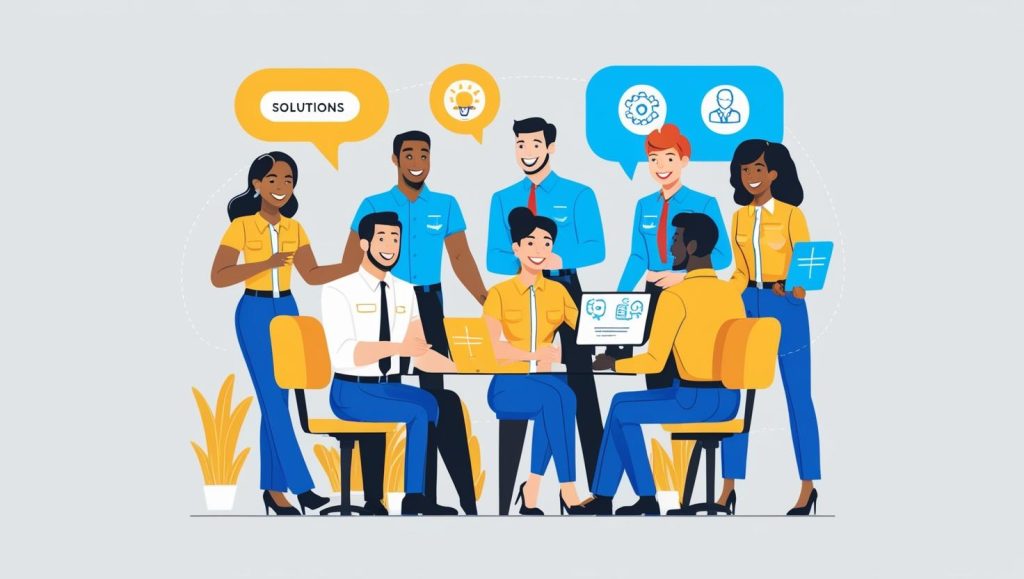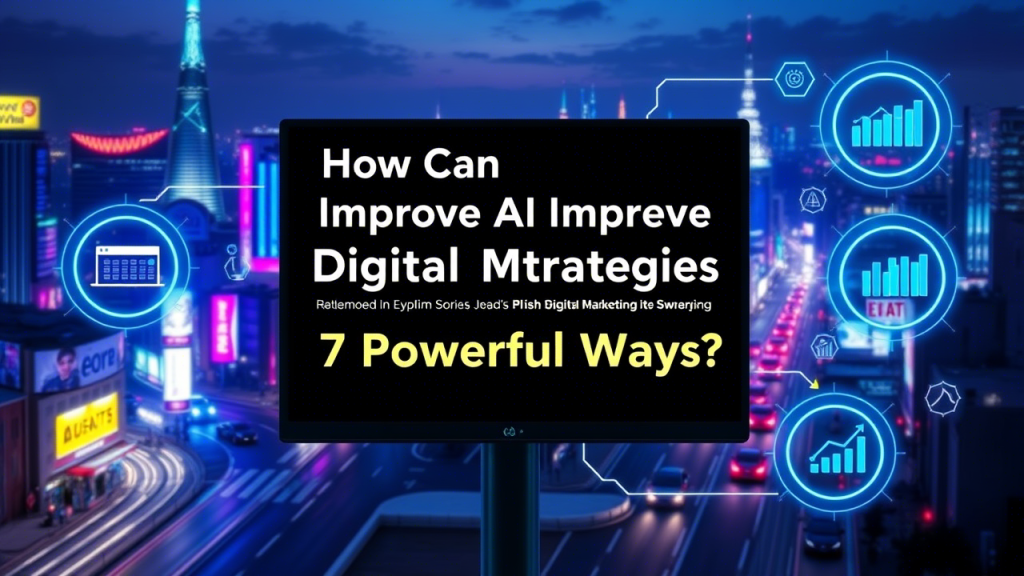Think about this: a factory where machines can predict breakdowns, quality checks are always accurate, and supply chains work without humans. Does it sound like the future? It’s happening now. Companies like NetApp and Samsung are working together to make this idea real by combining cutting-edge AI with deep industry knowledge. Here’s the big deal—93% of companies think AI will change manufacturing by 2025 7. So, their teamwork isn’t just good timing; it’s crucial. Let’s look at how they’re changing factories into smart, data-driven powerhouses that seem like something from a science fiction movie.
The Problem: Manufacturing’s $1 Trillion Efficiency Gap
Look, manufacturers face some big issues right now. Costs keep going up, supply chains are a mess, and everyone’s pushing to go green. It’s a tough spot to be in. What’s worse old tech and scattered data make it hard to see where things are going wrong, let alone fix them.
Here’s a crazy fact: data experts waste 80% of their time just cleaning up jumbled data instead of finding ways to make real improvements 5. It’s nuts—bad data slows everything to a crawl, and unexpected shutdowns eat into profits costing industries billions every year.
Kirsty Biddiscombe from NetApp puts it : “AI projects won’t survive without clean secure data” 5. Without a solid base even the smartest AI solutions end up as costly experiments.
The Solution: A Ready-to-Use AI Powerhouse
Here’s where things get interesting. NetApp and Samsung SDS have teamed up to build a complete AI solution that aims to solve these issues. Their key tool? Samsung’s Brightics AI Accelerator combined with NetApp’s fast storage. Here’s how it works in simple terms:
- Predictive Maintenance: Picture AI examining sensor data and spotting potential equipment problems weeks before they occur. This reduces downtime by 20–50% 7. You won’t need to rush when a machine stops working out of the blue.
- Flawless Quality Control: Computer vision jumps in to spot tiny flaws that people might overlook, improving defect detection rates by 90% 7. This leads to fewer recalls and more satisfied customers.
- Worker Safety: Sensors keep an eye on tiredness levels and dangers creating safer workplaces while also boosting productivity 1. Everyone involved benefits from this approach.
But there’s even more to it. Distributed Training is where the real magic happens. Samsung’s platform uses multiple GPUs to process data more , while NetApp’s ONTAP storage delivers data at breakneck speeds. Patrick Bangert from Samsung explains it this way: “NetApp’s infrastructure feeds data to GPUs like a firehose—no bottlenecks, no delays” 1. What does this mean? You get faster results and smoother operations.
The Reason This Partnership Succeeds: Data Meets Industrial Muscle
What sets this teamwork apart? To start, NetApp and Samsung aren’t just tech sellers—they’re problem-fixers who know the industry through and through. Samsung’s Brightics AI platform has proven itself in its own factories giving it real-world trust 1. At the same time, NetApp’s data setup works as the “brain,” linking separate data across clouds and in-house systems 8.
Here are two examples:
- A drug company used their answer to shorten solvent swap cycles by 20% and lower energy costs by 15% 12.
- A car maker cut down defect-linked recalls by 40% thanks to AI-driven quality checks.
These results aren’t from a lab—they’re real-world successes that boost ROI.
The Future: AI That Adapts to Your Factory
The best part? This partnership is just beginning. They’re launching no-code AI tools allowing engineers to create custom models without writing any code 12. Imagine this: boosting energy efficiency or improving supply chains using a simple drag-and-drop interface. You don’t need a PhD for this.
They’re also developing Small Language Models (SLMs) for specific tasks such as spotting irregularities in CT scans or adjusting chemical formulas 8. In other words, it’s AI that understands your industry—not just Silicon Valley’s language.
Conclusion: Your Blueprint for AI Success
When all is said and done, NetApp and Samsung aren’t just peddling tech—they’re throwing a lifeline to factories swamped by data overload. Their ready-to-go fixes make AI less puzzling bringing quickness, security, and cost-cutting from the get-go.
As Industry 4.0 keeps changing global manufacturing, the real question isn’t if you’ll jump on the AI bandwagon—it’s how soon.
So, are you set to make your factory future-ready? Take a look at NetApp and Samsung’s AI solutions and join the growing group of businesses turning their data into their keenest competitive advantage 112.
Are manufacturing problems giving you headaches? Tell us about them in the comments—we’d be excited to hear your thoughts and maybe even explore the issue in our next in-depth article!

